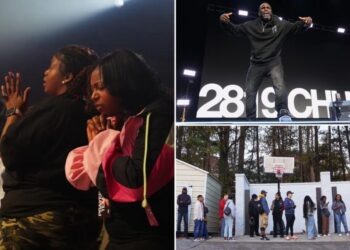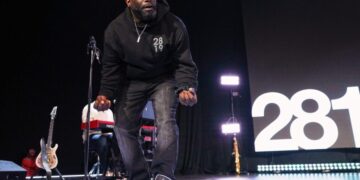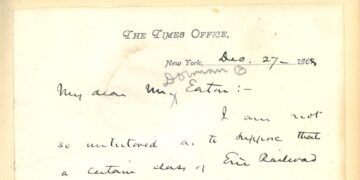‘Don’t believe that’: GOP lawmaker says Trump is wrong on ‘issue number one’ in rare break
One Republican lawmaker told CNN that President Donald Trump is wrong about “issue number one.” Rep. Brian Fitzpatrick (R-PA) appeared...
Pete Hegseth would have ordered second strike on Venezuelan drug boat as he backs Admiral Frank Bradley
WASHINGTON — Secretary of War Pete Hegseth said he didn’t order the second strike on an alleged Venezuelan drug boat...
David Del Rio makes unexpected return to Instagram after ‘Matlock’ firing over sexual assault allegations
David Del Rio unexpectedly returned to Instagram to share a family holiday photo after he was fired from “Matlock”due to...
These toxic wild mushrooms have caused a deadly outbreak of poisoning in California
California officials are warning foragers after an outbreak of poisoning linked to wild mushrooms that has killed one adult and...
Trump, 79, Blows Up at Congressman Immediately After Pardoning Him
Donald Trump has only now remembered he actually hates the party of the congressman he just pardoned over a massive...
MAGA senator makes startling admission after reviewing controversial boat strike footage
Sen. Tom Cotton (R-AR) made a startling admission Sunday on NBC News that at no time during his briefings on...
Arc Raiders Expedition Bonuses Finally Revealed — and Players Are Furious
Embark Studios have finally revealed the Arc Raiders Expedition bonuses, and players are not happy about it. Fans of the...
Kaitlan Collins Slaps Down Trump After He Called Her ‘Stupid’
Kaitlan Collins fired back after President Trump blasted her as “stupid” and “nasty” in his latest swipe at a female...
Republican lawmakers in Indiana face ‘a very dangerous and intimidating process’ as threats pile up while Trump pushes redistricting
Spencer Deery’s son was getting ready for school when someone tried to provoke police into swarming his home by reporting...
CNN Anchor Smacks Down Trump’s Border Enforcer for Shameless Spin
CNN anchor Dana Bash shut down Trump’s border czar after he tried to spin the president’s unhinged comments about the...














